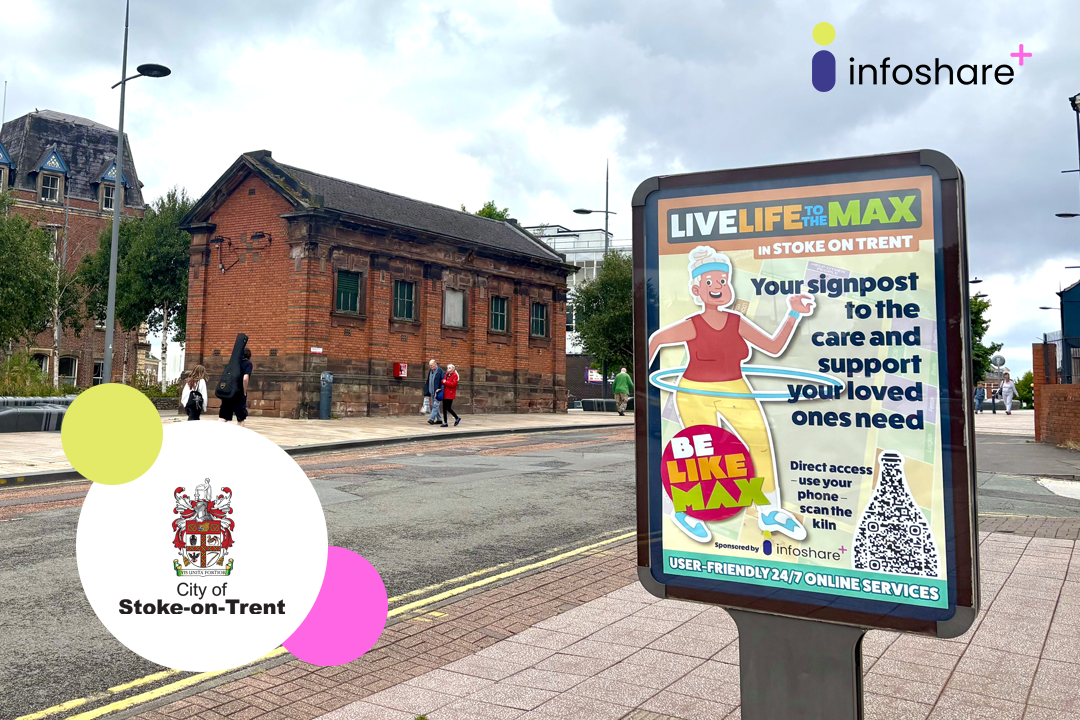Final Call: Uncover Occupied Empty Homes by October

Deadline approaching: identify the occupied ‘empty’ homes in your region to claim your New Homes Bonus before the October deadline
The government’s New Homes Bonus comes to an end this year, after over a decade of incentivising English local authorities to increase the housing stock in their area and tackle the UK housing crisis. Local authorities are now up against the clock to identify the unknown empty homes in their area to generate some extra cash before the window closes in October.
What is the New Homes Bonus?
The New Homes Bonus grant is a government incentive to encourage councils in England to make more homes available for a growing population. It’s a popular one, and for good reason. It rewards councils for all new homes that are brought into council tax bands, and empty homes brought back into occupation, matching the average annual amount of council tax revenue on these properties for four years.
A focus on affordable housing
However, it’s not just about total numbers of new homes. One of the aims of the scheme is to improve balance of affordable homes across England and to encourage local authorities to play an important role in making this possible. To support this, the grant pays out an additional £350 a year for each affordable home, to ensure they are providing the right balance of market and affordable homes to meet the needs of their local communities.
Gareth Chen-Rees, Infoshare+, said: “Every empty home that’s brought back in occupation generates approximately £9k a year for councils – not only this year, but for the next four years. Typically, when we do our empty homes review, we find that around 4% of properties are now occupied by the owner or a new tenant.
“Alongside the affordable home uplift, this is a considerable amount of revenue for some councils, that’s guaranteed for the next four years. A council with 1000 empty homes registered could generate around £100k per year, and £400k over the four-year grant period.”
How to apply for the New Homes Bonus
Crucially, councils don’t have to build brand new properties to qualify – the bonus applies to properties that have been converted for residential use and empty homes that can be brought back into use.
And, most importantly, the bonus isn’t ring-fenced – meaning councils can use the extra money to solve local challenges and invest in initiatives that matter to their communities.
Gareth added: “The New Homes Bonus is a quick-win source of income for cash-strapped councils to secure revenue for the next four years. The ability to spend it where it’s needed most will be crucial for the delivery of core services and meeting the needs of local communities. New payments will disappear year-on-year from 2026 through to 2029 until no further grant payments will be made.
We’re urging all English councils to access what they’re entitled to, now, before the opportunity is lost.”
Our Empty Homes Review
Through our recent acquisition of Datatank, we offer a fully managed service to identify empty homes that can be brought back into use, giving councils a clear picture of occupancy in under 5 weeks.
Screening: We screen a council’s property data against credit reference bureaus and other data sources, flagging properties that need their occupancy validated.
Canvassing: We contact potential occupiers, allowing them to confirm online the residency status of the property.
Occupancy results: Properties registered as empty but confirmed to be occupied, can be processed by councils to qualify for the New Homes Bonus.
Speak to our team today to identify occupied ‘empty’ homes in your area and maximise your New Homes Bonus before the October cut-off.



